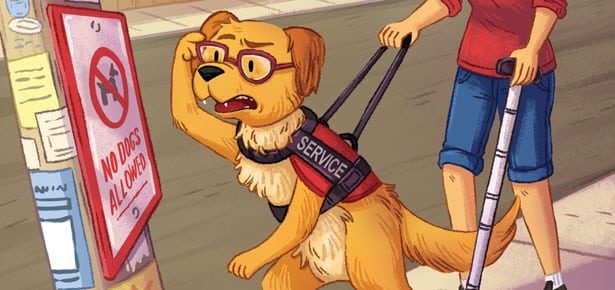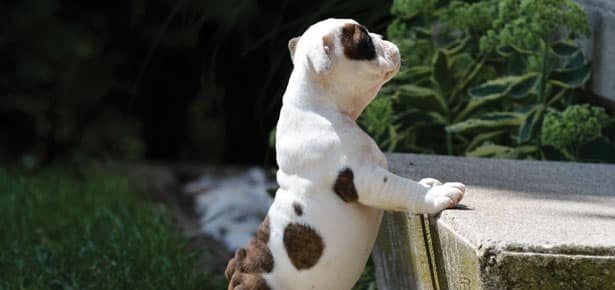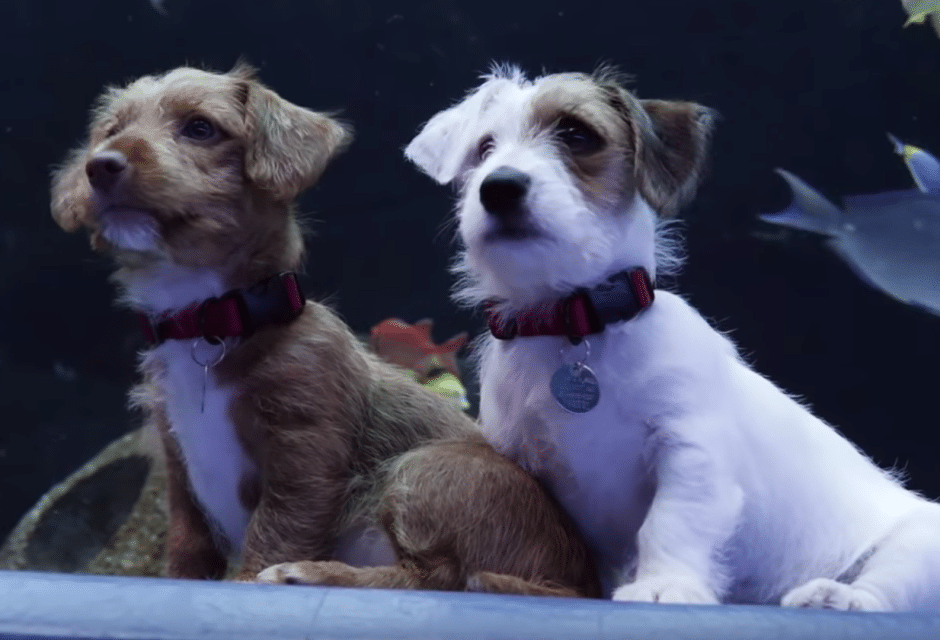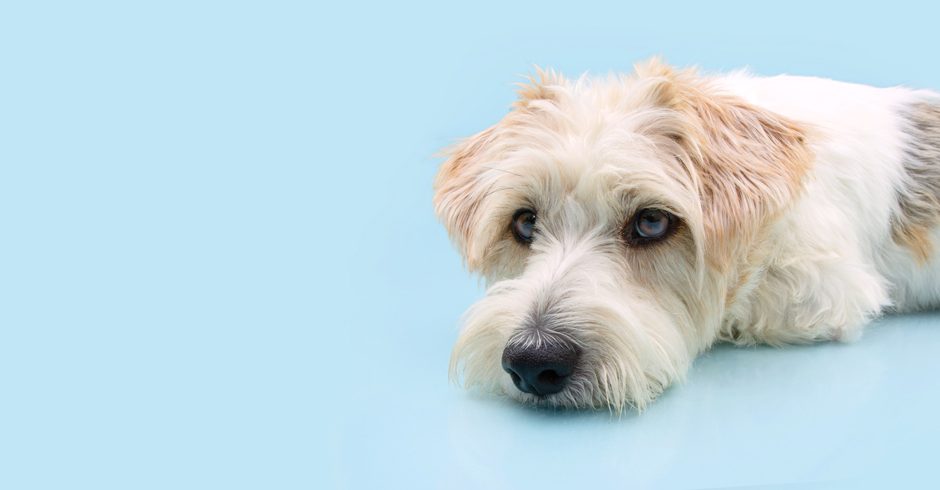

Ask an Expert – Does Your Dog Make You Feel Guilty?
I walk them both in the morning before work and then again when I get home, and give them comfy beds and toys and lots of love, but I still constantly feel guilty that they are under-stimulated.
Q: My Dobie cross, Max, is two years old and has a ton of energy. My older Beagle, Mischa, not so much. I walk them both in the morning before work and then again when I get home, and give them comfy beds and toys and lots of love, but I still constantly feel guilty that they are under-stimulated. Obviously, my dogs—Max especially— would love to be out doing more: romping through the woods, playing with other dogs. Neither of them act out, but I’ll see Max lying on his bed, not sleeping, with what looks to me to be a rather dejected expression. Is my guilt warranted?— Worried in Worcester
A: Your instinct is spot on. Walks are great for mental stimulation and answering p-mail, but won’t cut it as exercise for a young, healthy Dobie like Max—especially if you are walking at senior Beagle pace. Give yourself a pat on the back for clueing into Max’s subtle sign of restlessness before any behaviour problems develop. A few small tweaks to the daily routine should wipe that sorry expression off his face and absolve your guilty conscience.
Every dog, regardless of age and breed, needs three types of stimulation: intellectual, social, and physical. The amount and proportion of each vary tremendously from dog to dog, so it is not surprising that two walks a day and lots of lovin’ work well for your senior Beagle but leave Max wanting.
It sounds like there is no shortage of social attention in your boys’ lives, so you can check that category off for both of them, though adding doggie buddies would make their social lives even richer.
Given that the Beagle MO is to inhale as many new smells as possible, two long walks a day for an older fella probably provides plenty of intellectual stimulation to process during down time. But additional brain drain activity is probably a good antidote for doggie Alzheimer’s, and will help keep your young’un, Max, too mentally fatigued to look for trouble. Anything that makes them think hard is good for them. It doesn’t have to be complicated, just engaging… kind of like canine sudoku. One of my favorite stand-by’s is good old hide and seek. Have them practice sit and down stays while you hide their favourite toys around the house, releasing them on search missions that pay handfuls of kibble for each successful retrieve. It is an easy way to stretch the dinner bowl of kibble from a one minute feast into a half-hour of problem solving. Another fun option is to keep a trick of the month on the go that you hack away at for 10 minutes here and there. Not only will it work their noggins well, but it gives you great party tricks for guests. And don’t underestimate the mental stimulation involved in basic everyday communication: requests and feedback keep them mindful of the rules, and mentally engaged in the world around them.
For physical exercise you’ll probably need to crank it up a few notches for Max without imposing anything too strenuous on Mischa. The safest way to exercise dogs is at their own pace, so off-leash parks, fetch, and swimming, where Max can burn off his two-year-old energy and Mischa can engage in whatever gear suits him, are good choices for exercising them together. My Beagle, Bender, and my Pit Bull, Charlotte, have very different exercise needs. Bender lives to sniff and eat, so I toss a handful of kibble across the lawn and then play Frisbee with retrieve-a-holic Charlotte, while Bender canvasses the grass for every last morsel. He never misses a crumb, and both are merrily fatigued within 20 minutes.
Dog rearing is like parenting: sometimes there is a bit of guesswork in figuring out just what is needed to meet individual needs. When Max flops down on his bed and snores like an old man instead of looking hard done by, you’ll know you’ve got the recipe just right.
Join the newsletter and never miss out on dog content again!
"*" indicates required fields
By clicking the arrow, you agree to our web Terms of Use and Privacy & Cookie Policy. Easy unsubscribe links are provided in every email.





